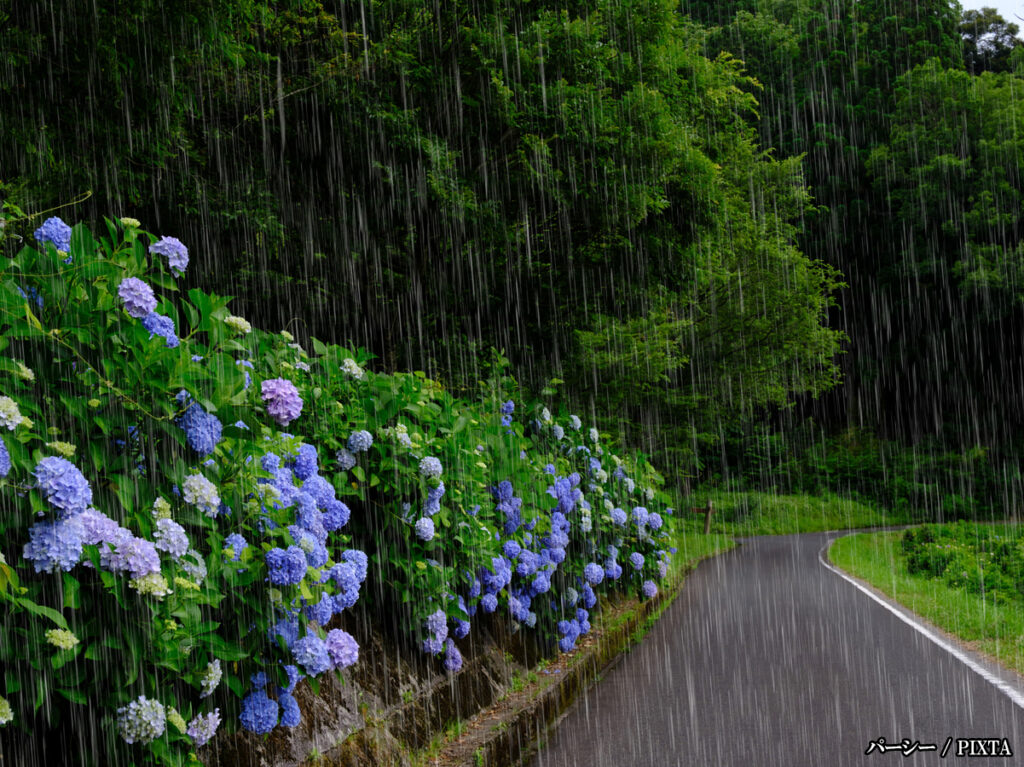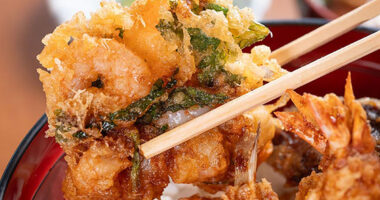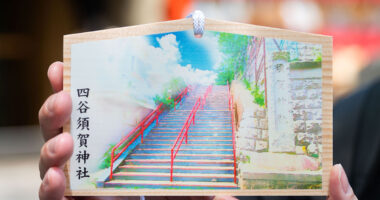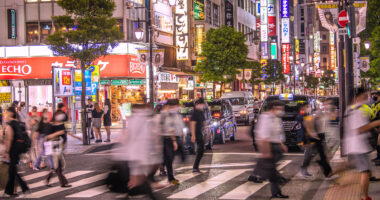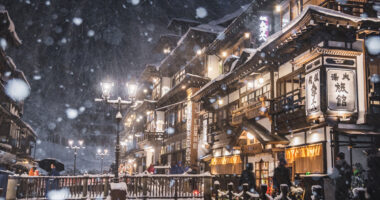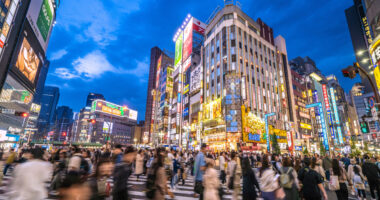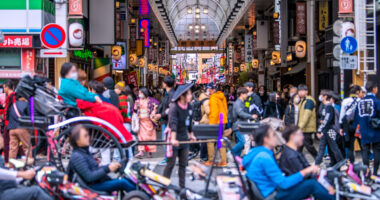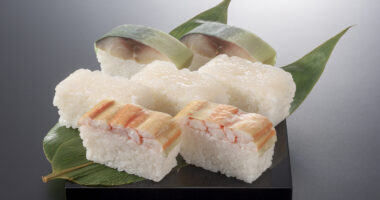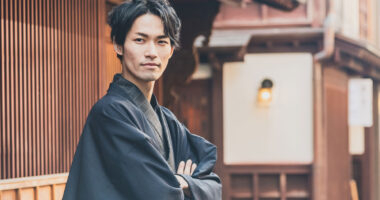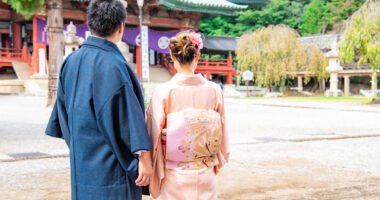Japan’s rainy season, known as tsuyu in Japanese, typically lasts from May to July, depending on the region, bringing days of steady rain and overcast skies to much of the country. However, one notable exception is Hokkaido, Japan’s northernmost prefecture. The capital city, Sapporo, offers a rich blend of food, shopping, and culture, while also enjoying a cooler, drier climate that largely avoids the rainy season.
But what happens when the rain clouds roll in across the rest of Japan? Despite the wet weather, the rainy season doesn’t have to dampen your travel plans. In fact, it’s a quieter time of year that offers a different, more tranquil side of Japan, often missed by many visitors. With a little preparation and an umbrella in hand, the rainy season can become one of the most rewarding times to explore the country.
What makes tsuyu special?
Tsuyu literally means “plum rain,” named for the season’s overlap with the ripening of Japanese plums. Despite the added rainfall, temperatures stay mild and comfortable. Misty hills and soft light give the landscape a dreamlike quality, and with fewer tourists around, popular spots often feel more peaceful and authentic.
Indoor cultural experiences
Traditional tea ceremonies
Rain provides a fitting backdrop for one of Japan’s most elegant cultural practices. Experiencing sadō (the practice and art of traditional tea ceremony) offers a quiet window into Japanese aesthetics, mindfulness, and hospitality. Many cultural centers across major cities host shorter, tourist-friendly versions that explain the ceremony’s significance and invite you to participate. The soft sound of rainfall against the tearoom windows only deepens the calm and focus.
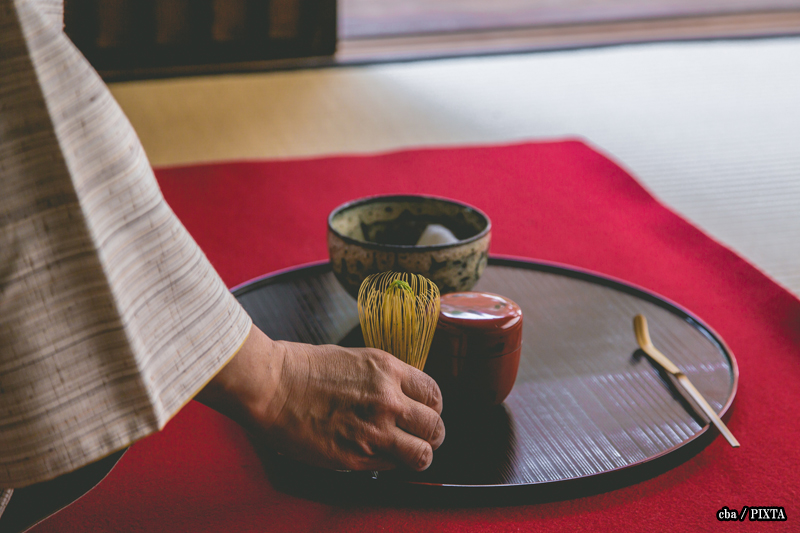
Photo for illustrative purposes
For example, venues like HAPPO-EN in Tokyo offer English-friendly tea ceremony experiences suitable for beginners. Set in traditional Japanese rooms, participants can try whisking matcha and observe the graceful rituals of the host, making for a serene and immersive cultural moment.
Museums and artisan workshops
From digital art spaces like teamLab to craft-focused galleries such as the Kyoto Museum of Crafts and Design, visitors can dive deep into Japanese culture while staying dry.
Japanese nature’s rainy season beauty
Hydrangea gardens
If there’s one flower that captures the spirit of Japan’s rainy season, it’s the ajisai (hydrangea). These vivid blooms reach their peak during tsuyu, spreading waves of blue, purple, pink and white across temple gardens and park paths. In light rain, these flowers create an otherworldly scene that draws photographers and nature lovers alike.
Misty forest experiences
For those willing to don a raincoat, Japan’s forests and mountains take on an ethereal quality during light rainfall. Kyoto’s famous moss gardens appear even more vibrant, while hiking trails transform into storybook paths. Japanese-style gardens, which are specifically designed to change with the seasons, also often look their most alive with a backdrop of gentle rain.
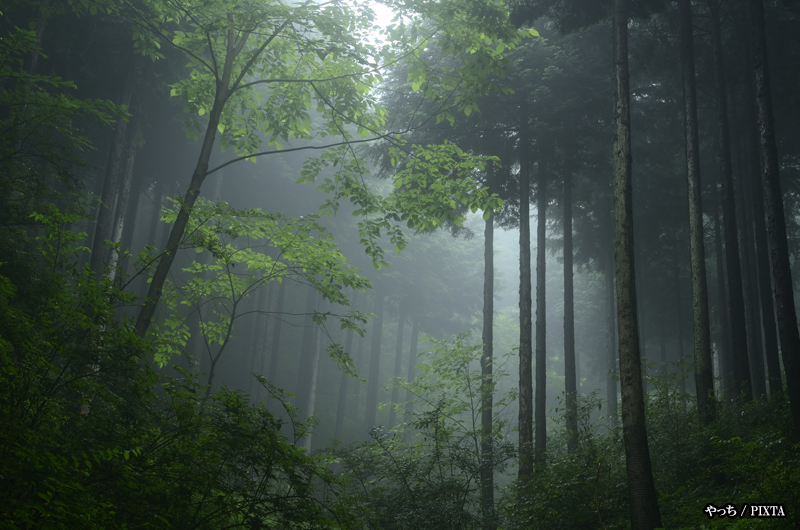
Photo for illustrative purposes
Practical tips for rainy season travel
Want to know when and where the rainy season happens in Japan?
Read our article “When Is the Rainy Season in Japan? A Month-by-Month Regional Breakdown“
What to pack
Being prepared for the rain can make all the difference. Start with waterproof footwear and a reliable umbrella; though if you forget, clear vinyl umbrellas are easy to find at any convenience store. Lightweight, quick-drying clothes and rain pants can keep you comfortable in damp weather. It is also common in Japan to carry a small towel to dry your hands or wipe down wet surfaces.
Transportation and etiquette
Getting around during the rainy season is easy thanks to Japan’s reliable public transportation, which runs smoothly even during heavy downpour
When entering buildings, you’ll often find umbrella stands or plastic umbrella sleeves at the door—using these is a simple way to show respect and keep indoor spaces dry. In crowded areas, be mindful of your umbrella to avoid dripping on or bumping into others.
With a bit of preparation and awareness, the rainy season in Japan can offer travelers a different lens through which to see Japan—one that is subtle, tranquil, and just as rewarding. From renowned tea ceremonies to captivating hydrangea gardens, tsuyu can enhance your experiences of Japan’s indoor activities and natural settings. It’s a time that reveals aspects of Japan many visitors never get to see, leaving impressions that linger long after the skies have cleared.
